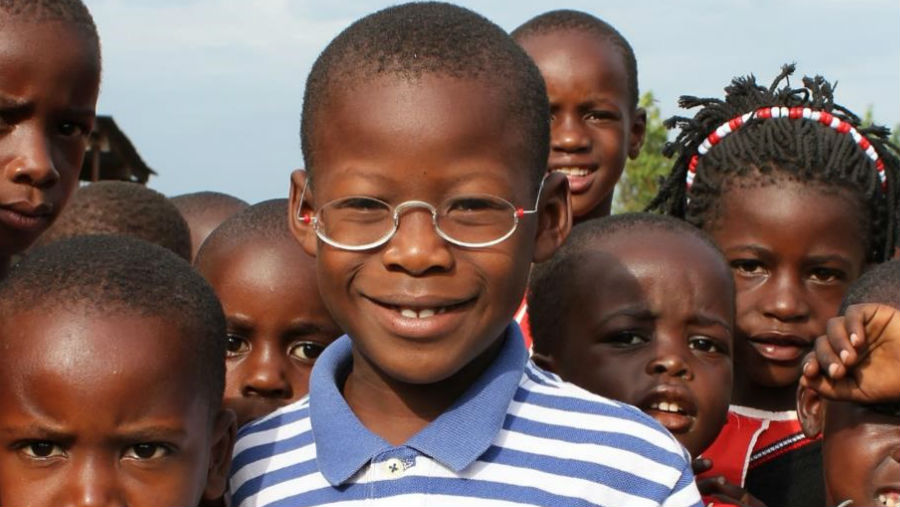Join a powerful, unprecedented alliance for better eye health for all.
Join IAPB-
Choose an alternate language here

What are people in rural Burkina Faso willing to pay for OneDollarGlasses? This study sheds light on the potential to distribute glasses through the market in a poor rural context.
There are millions of people around the world in need of glasses but cannot afford them. As a result, there are children who cannot learn and adults who cannot work for want of glasses. We want to change that! At OneDollarGlasses (ODG) we aim to provide high quality, custom eye glasses through our programmes, which are economically sustainable. OneDollarGlasses are produced on-site where the cost of materials is about 1 US Dollar. People trained by ODG can make a living from the production and sale of glasses.
In Burkina Faso, we operate in urban areas with shops around the capital Ouagadougou, and other bigger cities in the country. Our glasses are sold for 5000 CFA (approx. 9 USD), around 2-3 times daily wages.
To align the business with our mission, we need to find ways of serving remote areas as well as making sure that we operate sustainably. This ensures that our local employees can make a living from what they earn and ODG can remain self-supporting.
Therefore, in October 2017, we conducted a study in the municipality of Kaya (100km northeast of Ouagadougou)–led by the Department of Development Economics of the University of Passau, Germany–to find out what people in rural areas are willing to pay for our glasses. The survey would help us align our concurrent goals – serving poorer people in distant areas but still operating locally and sustainably, reducing dependency on donor funds.
The study showed an average willingness to pay for corrective glasses at 20% of our current market price. It also showed that if people saw a 3-minute educational video during the selling process, the willingness to pay increased by around 14%. This brought us to the conclusion that raising more awareness and a potential trial period could positively influence the willingness to pay. It is clear that people who’ve never had the opportunity to wear glasses, cannot value them sufficiently.
To test the validity of this assumption, we conducted a follow-up study in April 2018 that documents the positive effect of using the glasses for a period of five to six months on the willingness to pay (WTP). Using a survey-based measure, participants reported an average WTP that was 80% higher than stated in the initial survey. Unlike the initial study which applied the Becker-deGroot-Marschak mechanism* to elicit willingness to pay, the survey-based measure is not incentivized and might be subject to over reporting. Hence, these results must be considered with a grain of salt. However, the results still indicate that it is important to find ways to show people how glasses can improve their lives. This will, in the end, also help people place a higher value on glasses.
We probably need to subsidize end-user prices in rural areas to bring adoption rates to socially desirable levels, possibly cross-financed through sales at higher prices in urban areas. But it also indicates that it is probably more sustainable to sell glasses – even in the poorest areas of the world – instead of donating them. People are willing to pay for glasses; it is about creating a sustainable, permanently available supply and spreading the value and use of glasses in general.
*a method whereby the participants are invited to bid a price for glasses. In contrast to simple survey questions where the reported WTP is without consequence for the respondent and may even invite voluntary misreporting, the BDM method confronts the respondent with a real purchase decision and is hence incentive compatible.